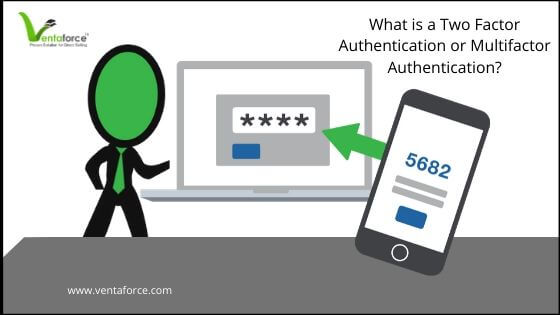
What is the first thing you do when you wish to log in to your Gmail, Facebook, Twitter or LinkedIn accounts? You enter your login ID and password to authenticate your credentials, right?
Similarly, while making a debit card or credit card payment for purchases on Flipkart or Amazon you enter the card details as well as OTP (One Time Password) that you receive on your registered mobile phone to complete the transaction. This is two-factor authentication (2FA) that is widely used in most online transactions these days. We have become so used to these authentication processes that it has become a new normal for us.
But why do we need authentication at all?
What are the different modes of authentication?
How do we define two way and multifactor authentication?
Let’s make a deep dive into all these concepts.
Authentication
The internet is evolving fast, and so is the internet economy. When we say the internet economy, it implies all the commercial activities that are carried through the internet like internet banking and online payments, e-commerce, tax filings, to name a few. On the one hand, internet-based services have provided convenience and faster services, but, on the other hand, they have also created avenues for the fraudsters to make quick money.
There is a long list of threats in the form of malware, trojans, ransomware, spyware, keyloggers, worms, rootkits and other types of risks that keep emanating from the fraudsters. Almost every day, you hear the cases of people being duped by imposters and their bank accounts being emptied. We also see regular emails and text messages from the banks to be aware of phishing and urging not to disclose our passwords to anyone, including the bank employees.
So, the question is – why do we need authentication? Well, authentication is required to ensure that only genuine customer/user uses the platform to complete a transaction, so the unscrupulous people do not misuse the system. Safety and security of real customers is the primary concern for any service provider, that is why so much emphasis on the authentication.
Simple Authentication or Single Authentication
This is the simplest form of authentication where the user matches one thing to get online access. Your Gmail password is an example of single or straightforward authentication. Here, the user is providing one detail against the user name created earlier. This is among the most common access grant systems in use that you use daily to access all the major social media accounts.
Two Factor Authentication
This is a little more complex, and as the name suggests, the user needs to supply two pieces of evidence to gain access. For example, if you have activated the Two Factor Authentication (2FA) to get access to your online banking account, you will need to enter the password as well as the OTP (One Time Password) which you receive on your registered mobile phone. The 2FA makes the life of bad guys a little difficult as you have added an extra layer of security to safeguard your account. Slowly, 2FA is becoming a new norm for all the vulnerable services that have financial implications.
Multifactor Authentication
To make things even safer, usually, banks add another layer for authentication to transfer money from one account to another. For example, SBI, India’s largest Public Sector bank, asks for a transaction password in addition to the other credentials when you send money through NEFT/IMPS/RTGS.
Similarly, when you try to make any change like increasing the transfer limit to a payee, it asks for the profile password. Also, many banks have recently introduced thresholds, after which you have to use OTP while withdrawing money from an ATM. The bank employees also use multifactor authentication commonly where finger scanners are widely used in addition to the normal login process.
So, what do you make out from the above? Well, it can be safely concluded that the 2FA is a type of Multifactor Authentication that’s among the most popular and widely used authentication mechanisms used across industries these days. Not only these mechanisms give peace of mind to the users, but it also adds a sense of pride to the service providers for being customer-centric.
If you are looking to have an impeccable network marketing management software with 2FA or Multifactor Authentication, you need not look further as Sankalp is the # 1 choice that has a rich experience of about 20 years in the business with over 4000+ happy clients in over 40 countries!






